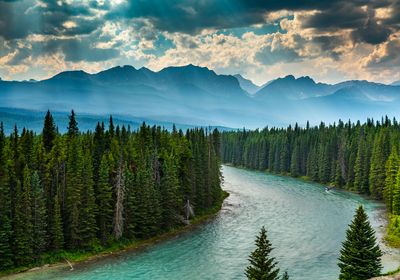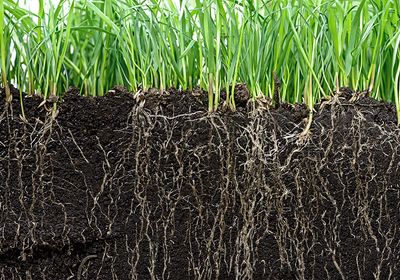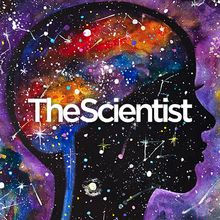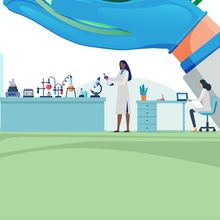environment
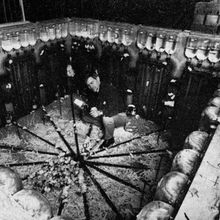
Universe 25 Experiment
Annie Melchor | May 28, 2024 | 5 min read
A series of rodent experiments showed that even with abundant food and water, personal space is essential to prevent societal collapse, but Universe 25's relevance to humans remains disputed.
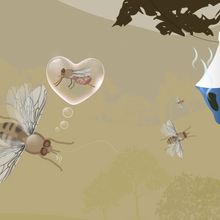
Elusive Tsetse Pheromones
Danielle Gerhard, PhD | Jul 5, 2023 | 2 min read
Researchers discovered novel attractants that may improve Tsetse fly traps and help control disease spread.

Profiling Microbes in Their Environmental Context
The Scientist | 1 min read
In this webinar, an expert panel will discuss nucleic acid recovery and sequencing methods from biological samples found in unusual habitats.
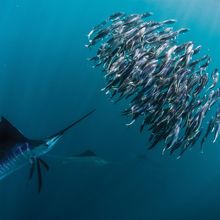
Fishermen and Hobbyists Provide Scientists with Invaluable Data
Natalia Mesa, PhD | Jun 1, 2023 | 5 min read
In Los Cabos, Mexico, a panga boat captain and a deep sea fishing enthusiast support researchers working to explain declines in Pacific fish populations.
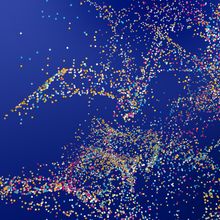
Nanoplastic Ingestion Causes Neurological Deficits
Shelby Bradford, PhD | May 31, 2023 | 3 min read
Small plastic particulates can induce inflammatory responses in the gut and brain, but removing them reverses this damage.
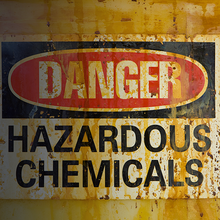
Metabolomic Links Between Environmental Exposures and Human Health
The Scientist | 1 min read
Experts discuss how untargeted metabolomic studies connect environmental factors with human disease.
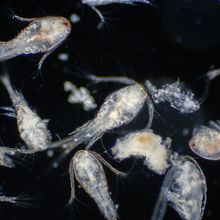
Combining Climate Stressors Leads to Unique Changes in the Genome
Jennifer Zieba, PhD | Mar 20, 2023 | 3 min read
Researchers found that copepod genomes adapt in distinct ways when simultaneously exposed to multiple environmental conditions.
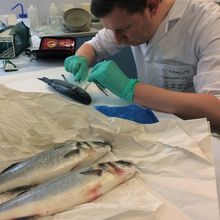
Researchers Watch Fish Rot, for Science
Mary Bates | Mar 1, 2023 | 4 min read
Recording the pH within decaying organs for the first time, researchers come closer to understanding why some soft tissues are more likely to be preserved as fossils than others.
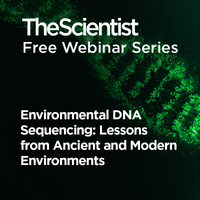
Environmental DNA Sequencing: Lessons from Ancient and Modern Environments
The Scientist | 1 min read
In this webinar, Eske Willerslev and Simon Creer will discuss the discoveries they have made about the ancient and modern world through environmental DNA sequencing.
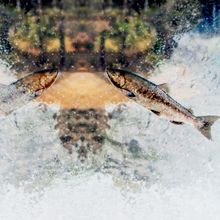
Geneticists Light Up Debate on Salmon Conservation
Christie Wilcox, PhD | Feb 1, 2023 | 10+ min read
Splitting Chinook salmon into two groups based on their DNA could aid conservation efforts. But some researchers argue that this would be a misuse of the data.
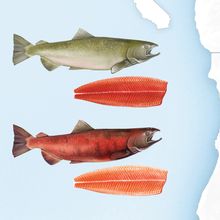
Infographic: An Incredible Journey
Christie Wilcox, PhD | Feb 1, 2023 | 1 min read
Chinook make their way up the Klamath River every year, but fewer and fewer arrive in the spring.
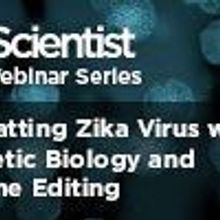
Combating Zika Virus with Synthetic Biology and Genome Editing
The Scientist Marketing Team | 1 min read
To explore the union of urgency and collaboration that has typified the rapid response, The Scientist is bringing together a panel of experts to share their research into understanding and combatting Zika virus, and to explore the lessons learned.
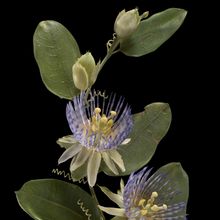
Glass Menagerie, 1863–1936
Dan Robitzski | Feb 1, 2023 | 3 min read
The father-and-son duo Leopold and Rudolf Blaschka crafted thousands of scientifically accurate models of plants and sea creatures as teaching aids.
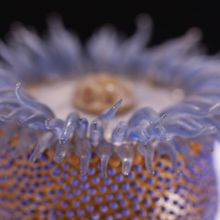
Slideshow: The Lifelike Glass Models of Leopold and Rudolf Blaschka
Dan Robitzski | Feb 1, 2023 | 3 min read
The father-and-son duo, the last generations of a long line of renowned glassworkers, crafted thousands of realistic models of plants and sea creatures.
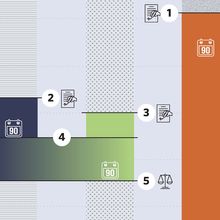
Timeline: An Extended Battle
Christie Wilcox, PhD | Feb 1, 2023 | 3 min read
Various concerned groups have been petitioning NOAA Fisheries to list spring-run Chinook salmon in Oregon and Northern California for over a decade.
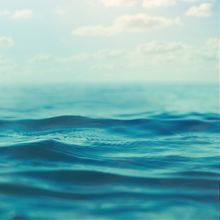
The Constellation of Creatures Inhabiting the Ocean Surface
Amanda Heidt | Jan 2, 2023 | 10+ min read
The myriad species floating atop the world’s seas, called neuston, are mysterious and understudied, complicating efforts to clean up plastic pollution.
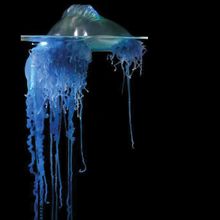
Slideshow: Meet the Neuston, the Diverse Organisms Living at the Ocean’s Surface
Amanda Heidt | Jan 2, 2023 | 2 min read
The ocean’s surface harbors an ecosystem of colorful, understudied life, ranging from protists and cnidarians to insects.
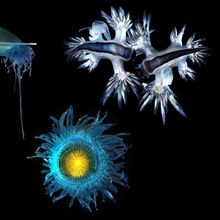
Neuston: Living Among Plastic Debris in the Open Ocean
Amanda Heidt | Jan 2, 2023 | 3 min read
With plastic recovery operations now underway in the world’s marine garbage patches, scientists must contend with how little was known about the organisms living at the surface.
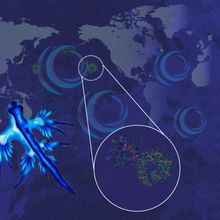
Infographic: Neuston Drift Atop the World’s Oceans
Amanda Heidt | Jan 2, 2023 | 1 min read
The sea surface is home to a diverse group of animals adapted to life in the open ocean, but increasingly, they’re sharing that space with plastic debris.
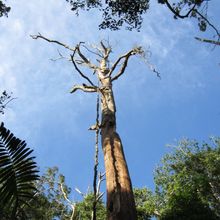
Certain Tree Species Are More Susceptible to Death by Lightning
Hannah Thomasy, PhD | Dec 12, 2022 | 2 min read
Expected increases in lightning strikes due to climate change could alter the botanical composition of tropical forests.
